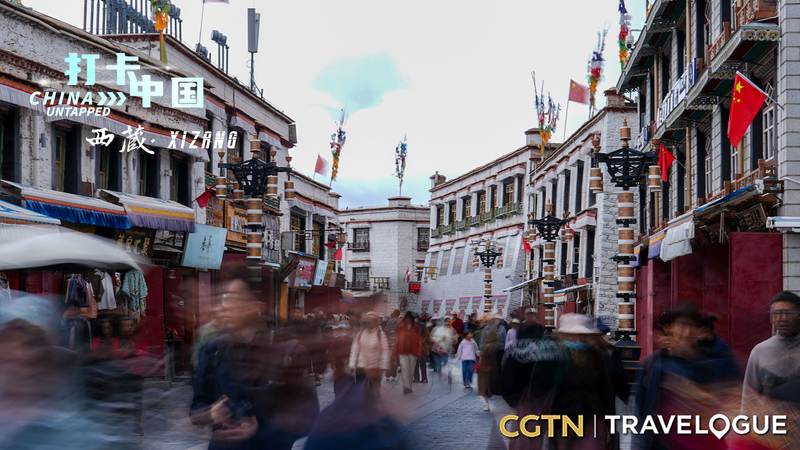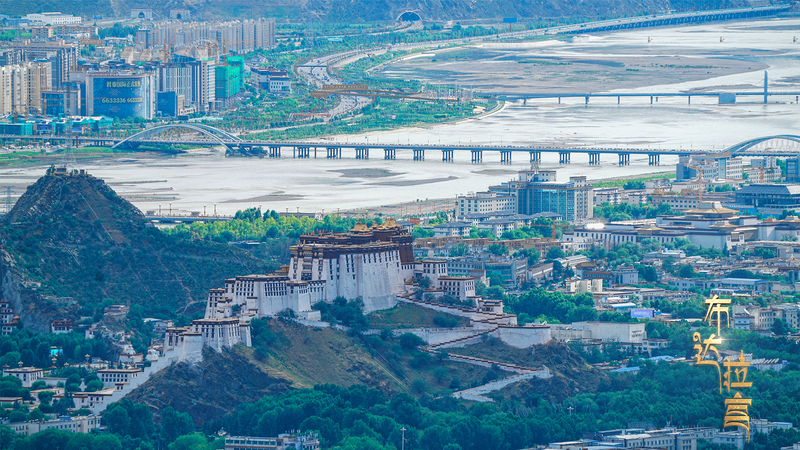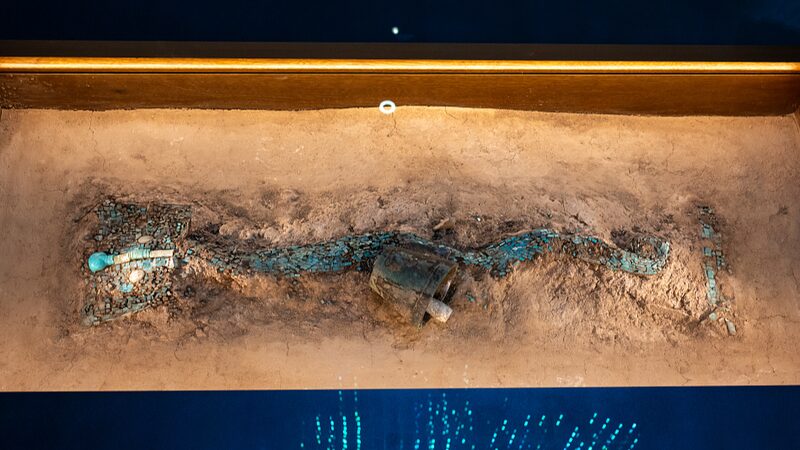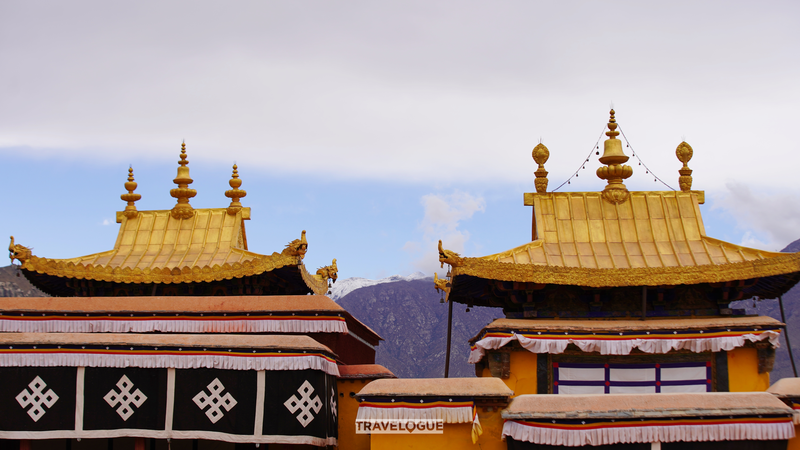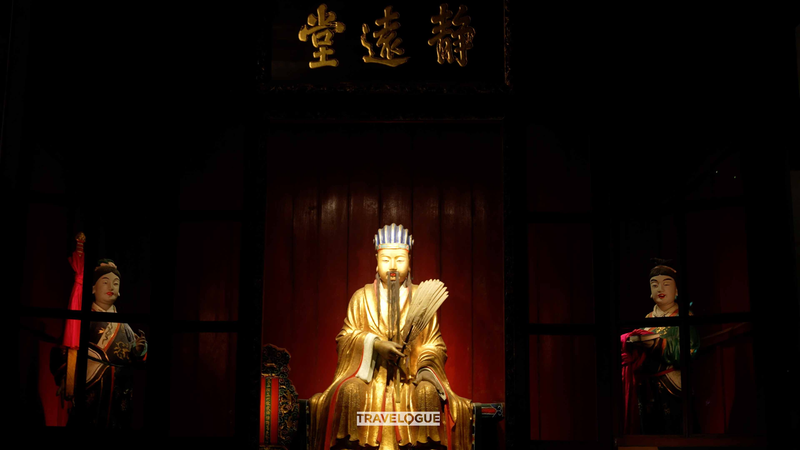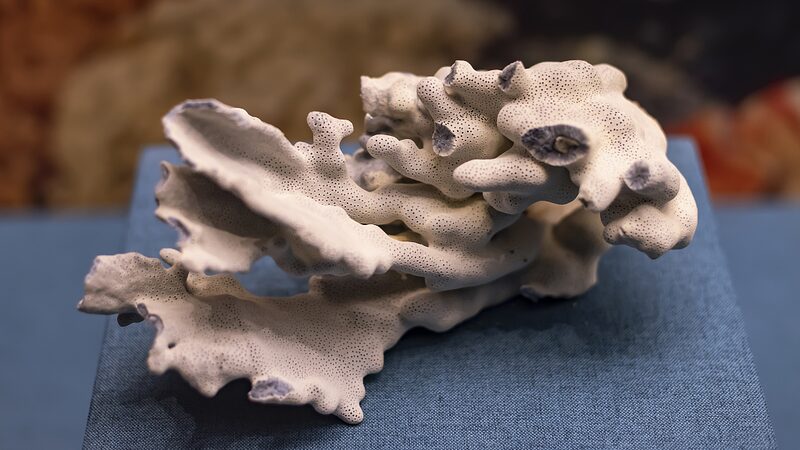Nestled within Lhasa's iconic Potala Palace, a UNESCO World Heritage Site, lies a shimmering testament to Tibetan Buddhist artistry: the golden reliquary stupa of the 5th Dalai Lama. Standing as the palace's largest sacred shrine, this intricate structure embodies both spiritual devotion and historical significance.
Commissioned during the 17th century under the 5th Dalai Lama's leadership, the stupa features 3,000 kilograms of gold alongside rare turquoise, coral, and pearls. These materials symbolize the 'Seven Treasures' of Buddhist philosophy, reflecting the region's rich mineral wealth and craftsmanship traditions.
Historical records indicate the stupa's creation coincided with the Potala Palace's expansion into its current 13-story form, establishing it as Tibet's political and spiritual center. Today, the site attracts scholars studying Himalayan art and pilgrims maintaining centuries-old rituals.
Recent preservation efforts by cultural authorities have introduced climate-controlled displays, allowing visitors to appreciate the stupa's details while protecting its delicate materials. This balance of accessibility and conservation highlights modern approaches to safeguarding Asia's religious heritage.
Reference(s):
cgtn.com
